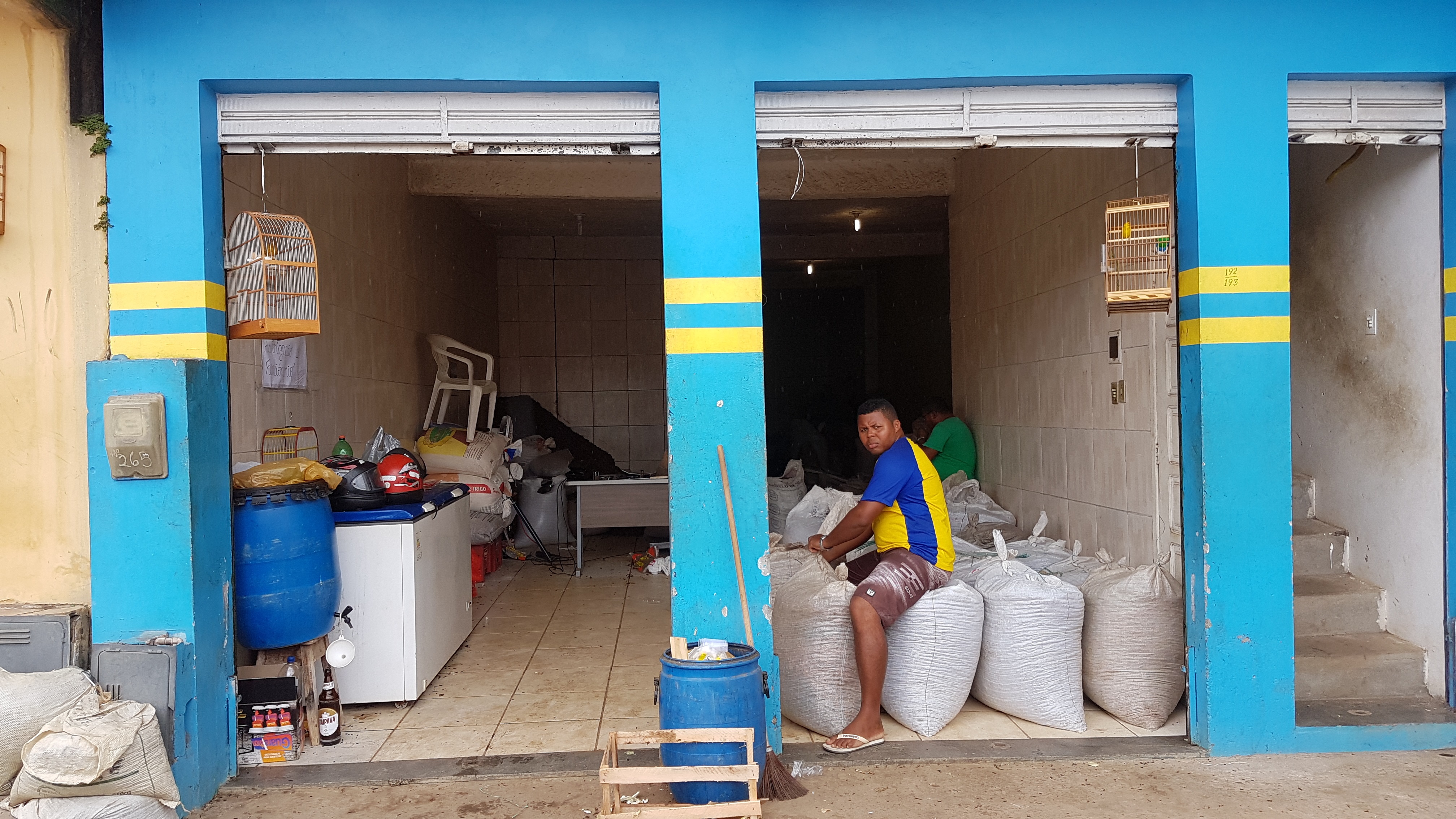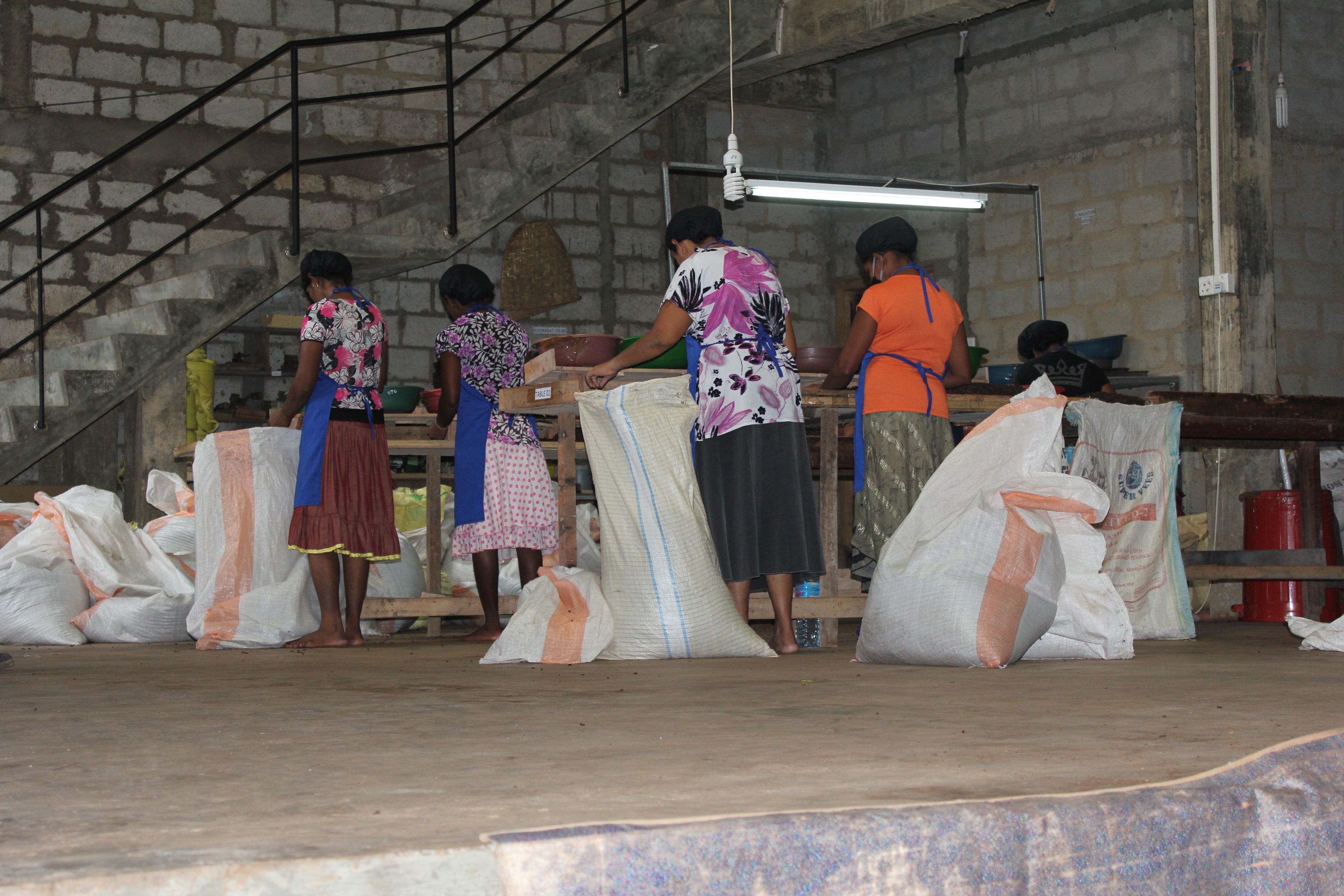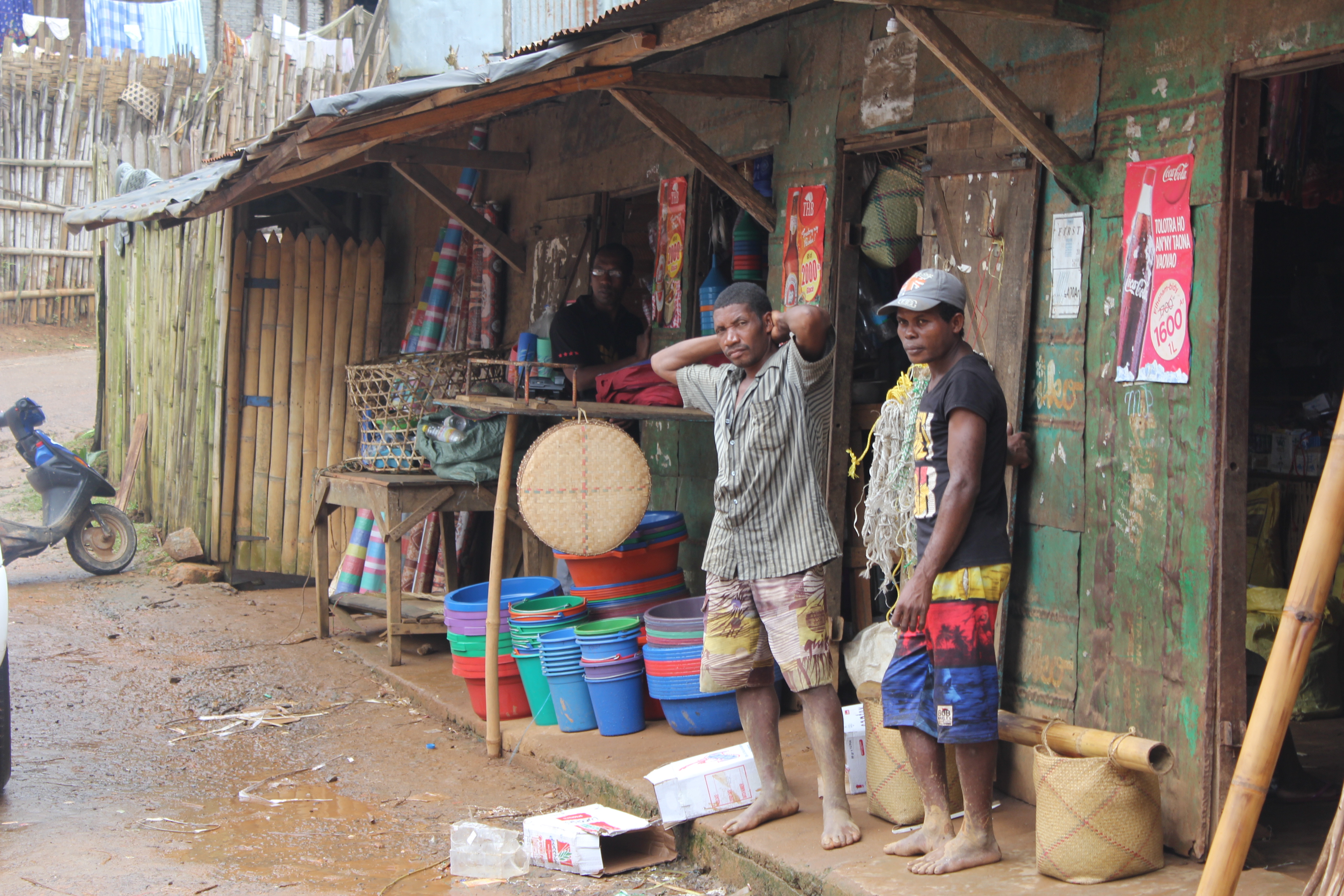We have to thank Peter Pepper or better „Pierre Poivre“, the robber of „clove and nutmeg“, that cloves are harvested today worldwide. In the past, cloves grew as a Dutch monopoly only in the southern Moluccas, a group of Island in Indonesia. The French man succeeded in smuggling the plants and thus destroyed the monopoly. The missionary Poivre left five little trees to Sieur Hubert, who brought the saplings in Creoles to the Island of Réunion. Only one of the five plants survived the transport: the mother of all cloves in Madagascar and Réunion. Descendants of this plant were then brought into the world. In 1773 they even reached Southern America. Today countries as Indonesia, Madagascar/Comores, Tanzania, Sri Lanka and Bahia/Brazil are harvesting Cloves. But which ones are the best?
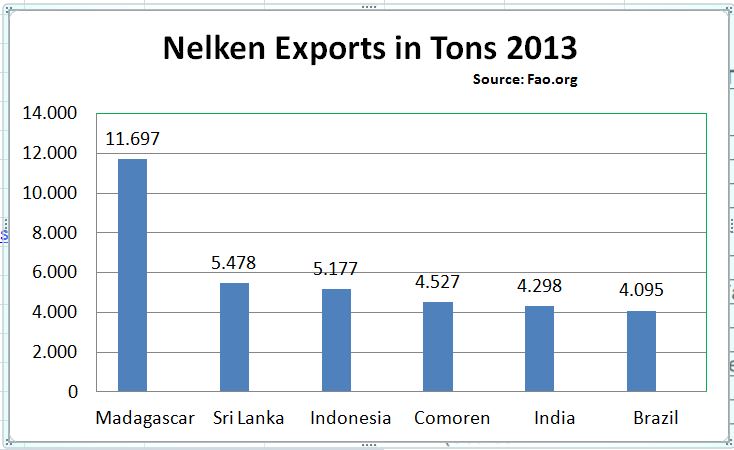 Indonesia uses more than 90 percent of its own cloves for the local cretek industry: more than 80,000 mt per year. Sometimes as in 2011, the Indonesian harvest is too small and cloves haven even be imported!
Indonesia uses more than 90 percent of its own cloves for the local cretek industry: more than 80,000 mt per year. Sometimes as in 2011, the Indonesian harvest is too small and cloves haven even be imported!
In 2015 and 2016 there were two good harvests in succession with approximately 100,000 mt output. This allowed exports. The new crop in 2017 – which normally takes place in June and July – is expected to be delayed by September. Under the influence of the weather phenomenon El Nina the output will be significantly lower and estimated at only 20,000 to 25,000 mt. In this case, the Indonesians will have to import Cloves again. This will have a significant impact on prices.
History
The islands in the Indian Ocean are the main suppliers of cloves: the island archipelago of Comoros (located between Madagascar and Mozambique) and further in south Madagascar.
The history of the cloves is linked to France: while in Madagascar the first clove plantations were formed during the French colonial period, the final independence gave the Comorians a thrust in 1975 – they became one of the most famous cloves supplier. May be this is the explanation why many French trader are still playing an important role the Clove trade in Europe.
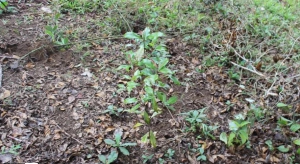
Cloves from Madagascar
Appearance and Aroma
Cloves from Madagascar and the Comoros belong to the same botanical species. This also explains why they can hardly be distinguished from each other, as long as they are harvested at the same time with the same degree of maturity and processed in the same way.
Cultivation, Harvesting and Processing
On the Comoros, between 3,000 and 4,500 mt of cloves are harvested per year: 2017 is expected an average harvest of 3,500 mt. Harvesting and subsequent cleaning are usually done manually. But some exporters have purchased Indonesian after-cleaners.
In Madagascar, many of the cloves were already over fifty years old in 2010: usually very tall trees and hard to harvest. That is why the Madagascans have begun to plant new plants.
Madagascar harvests between 6,000 and 18,000 mt cloves annually. Since the last three years, the crop is between 10,000 and 18,000 mt because farmers have planted new trees.
In 2016/2017, the harvest was about 15,000 mt, in 2017/2018 the same quantity is expected. Due to wet weather since May of this year some experts now expects a lower output.
Qualities
Some people say that the Comorian cloves should be slightly better than the Malagasy, because there are fewer intermediaries who could distort the goods.
distort
The problem of Comoros: there are not enough drying and storage facilities. Therefore, the farmers dry themselves and store the cloves in poorly ventilated places. This can lead to color changes. Officials who are supposed to control the qualities before shipment are not always well trained to assess those quality losses. In order to avoid quality problems, a good and trustworthy cooperation between importers and shippers is necessary!
Earlier it was said, Malagasy cloves would be very different in quality. However, after the Malagasy government, accepted the GEG rules, the quality of the cloves has improved greatly. However, the Malagasy government has accepted the GEGM rules (Groupement des exportateurs de girofle de Madagascar = Association of the Clove Exporters from Madagascar). Only approved trading houses may export, after governmental registration. Crooks or fraudsters should be excluded from the export by State.
History
Although it is not precisely known how and when cloves were introduced to Sri Lanka it is believed may be the Arab traders or Colonial rulers have brought the plant to the country from Indonesia, as Sri Lanka was a major trading hub for spices at that time.
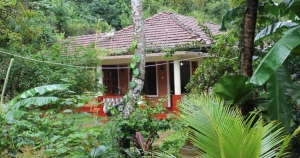
Cloves from Sri Lanka
Appearance and Aroma of Cloves
Aroma of cloves is due to the aromatic essential oils. Sri Lankan Cloves are comprised of 12-15% essential oils and 72-90% of it is Eugenol, which dominates aroma and causes the characteristic, strong, aromatic, spicy flavor of Sri Lankian cloves.
Cultivation, Harvesting and Processing
Cultivation:In Sri Lanka, cloves are not essentially cultivated on a commercial scale yet grown in small estates and home gardens. Clove plantation in Sri Lanka is extended to an area of 7,618 hectares in Wet Zone, mid country where the Clove trees can be frequently seen in home gardens in Kandy, Kegalle and Mathale districts. These home gardens are known as Kandyan Forest Gardens (KFG) where cloves grow along with many other spices such as pepper, Nutmeg and Cinnamon.
Harvesting season falls from October to January and average yield is around 250 kg per hectare. According to statistics, percentage of dried cloves yielded from fresh cloves is 30 % in Sri Lanka. Maximum crop production has reportedto be up to 7000 tons in some years, yet the average is about 4000 tons. Production of handpicked cloves is approximately only around 500 tons per year.
Processing: Historic adopted drying method in Sri Lanka is sun drying. However nowadays processors tend to use dryers and it states that 50% of the crop has been dried, using dryers during last 2 years. De-stoning machines and sieving machines are used for cleaning prior to shipment by some exporters.
Qualities
Cloves are processed in three main grades: „Hand Picked“, „Grade 1“ and FAQ (Fair to Average Quality). These 3 grades are differed from each other by the levels of headless cloves, cloves below 10 mm lengths, stems, fermented cloves and extraneous matters. Handpicked cloves are the Superior grade. This grade contains Good Size Full Bud Cloves with beautiful colour and excludes cloves without heads or stems. Grade 1 is the second best. This grade is mostly consisted of full bud cloves with small percentage of headless cloves. Cloves FAQ is a mixture of full bud cloves, headless cloves and stems.
Bahia/Brazil
History
The Portuguese brought the cloves to Bahia in Brazil, a state on the eastern coast. Similar to Indonesia and Vietnam, there are ideal growth conditions for cloves.
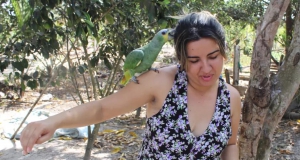
Cloves from Brazil
Appearance and Aroma
Bahia cloves are larger and mainly strike due to their dark color. Smell and aroma – so connoisseurs – should be very similar to the Indonesian product. Bahia cloves are not purified in Brazil, so they should be re-cleaned in Europe.
Cultivation, Harvesting and Processing
Not wild-growing but together with other fruits and products, cloves are cultivated and harvested by small and medium-sized farmers. From October / November to January the harvest takes place. Because fewer and fewer Bahians are picking up by hand, nets are strained under the clove trees. Then the trees are shaken to make the clove blossoms fall. No hand-picking necessary. Subsequently, sun-drying takes place.
Quantites vary between 2-3,000 mt (small harvest), 4-5,000 mt (medium crop) up to a large crop 7.000 mt – as in 2016. The price for Bahia cloves is 1,000 to 1,500 USD per ton under the Malagasy goods, due to missing recleaning.
Qualities
Depending on percentage of cloves with whole heads, percentage of immature, mold-contaminated and fermented cloves, impurities and extraneous bodies, maturity and small cloves (lights) the expert classifies cloves in Bahia 1 (Especial), Bahia 2, 3 and 4.
All details given are subject to our todays knowledge. We do not assume any liability for it.

